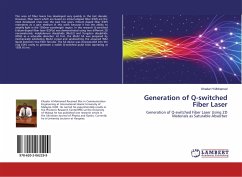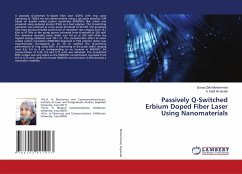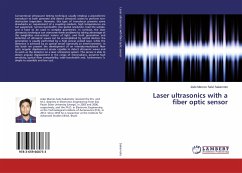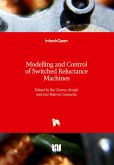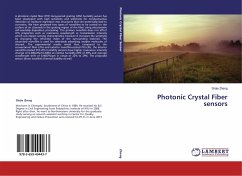The area of fiber lasers has developed very quickly in the last decade. However, fiber lasers which are based on erbium-doped fiber (EDF) are the most developed ones over the past few years. Erbium doped fiber (EDF) represents as a gain medium in this work because it has the ability to amplify light in the 1550nm wavelength region. In this research Q-switched Erbium-doped fiber laser (EDFLs) was demonstrated using two different 2D nanomaterials; molybdenum disulphide (MoS2) and Tungsten disulphide (WS2) as a saturable absorber. At first, the MoS2 SA was prepared by mechanically exfoliating MoS2 crystal and sandwiching the acquired WS2 liquid between two fiber ferrules. The SA device was incorporated into the ring EDFL cavity to generate a stable Q-switched pulse train operating at 1559.16 nm.
Bitte wählen Sie Ihr Anliegen aus.
Rechnungen
Retourenschein anfordern
Bestellstatus
Storno

